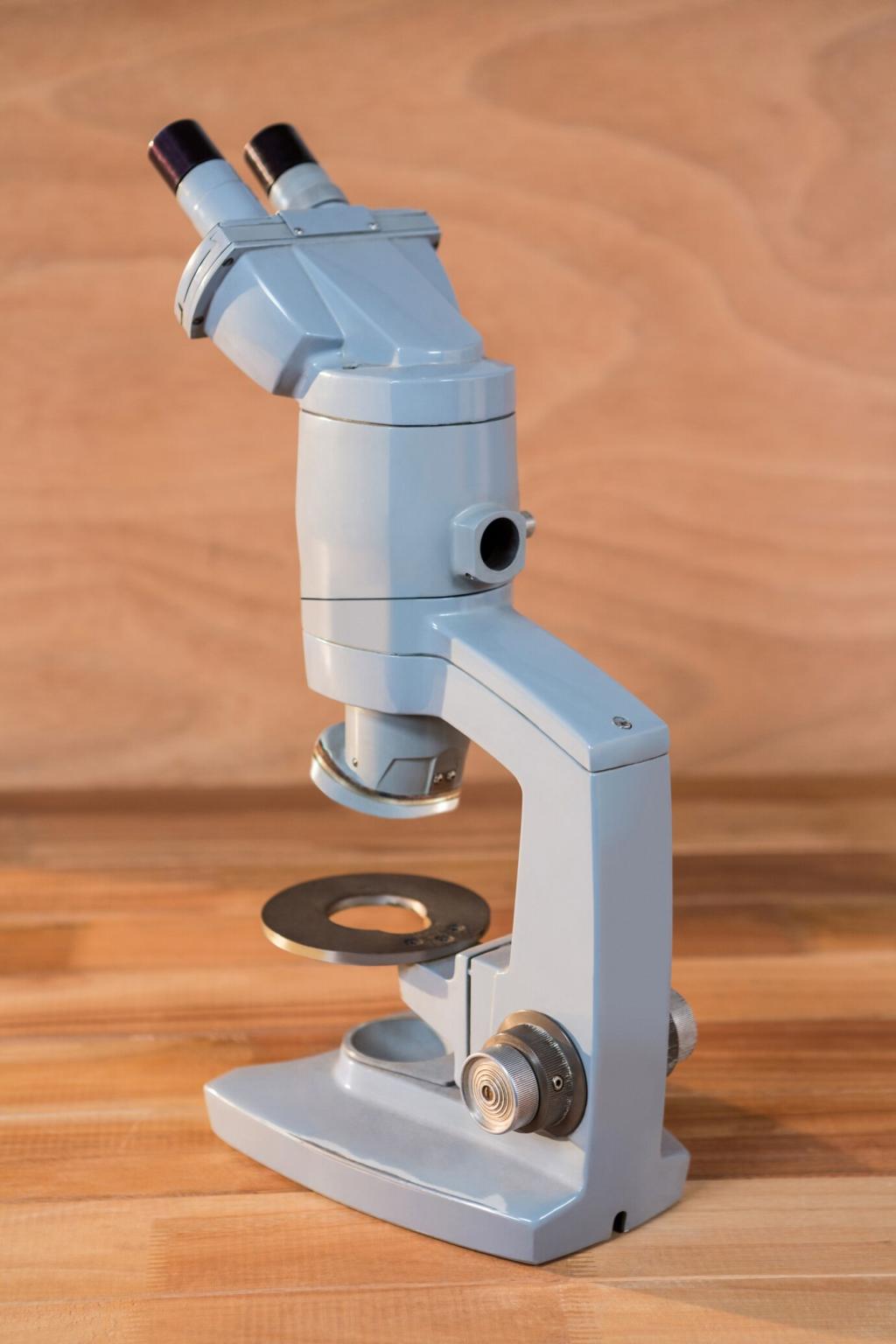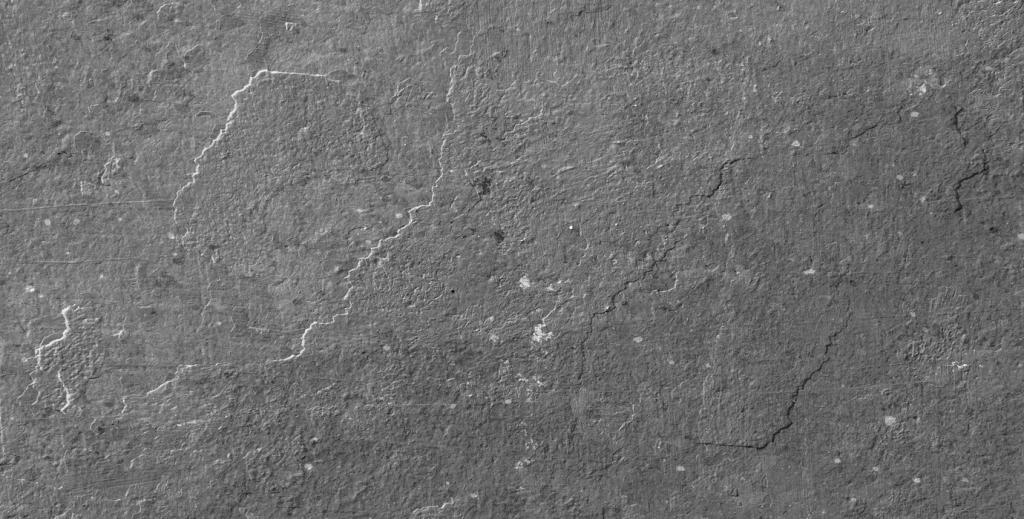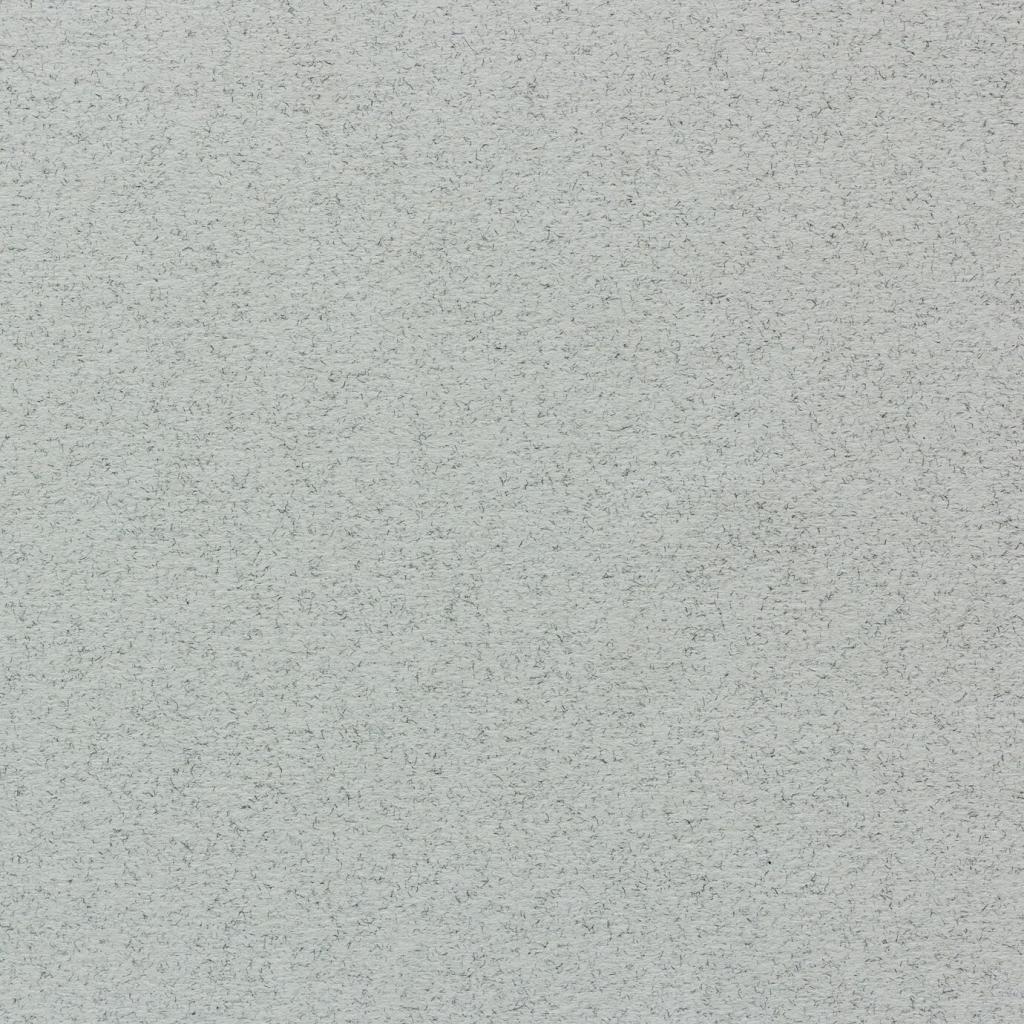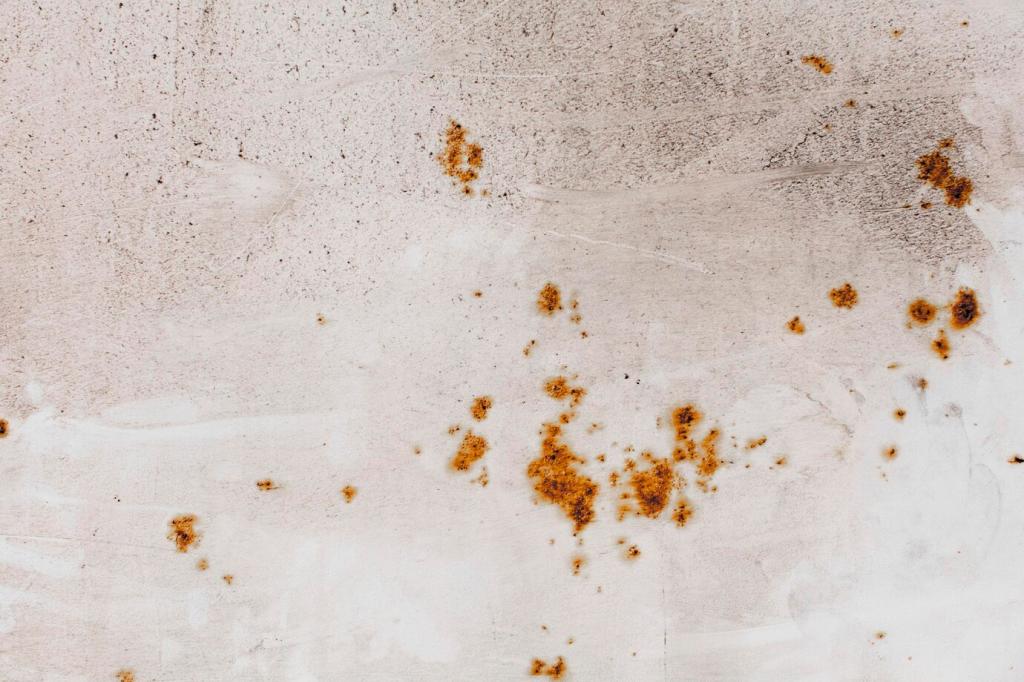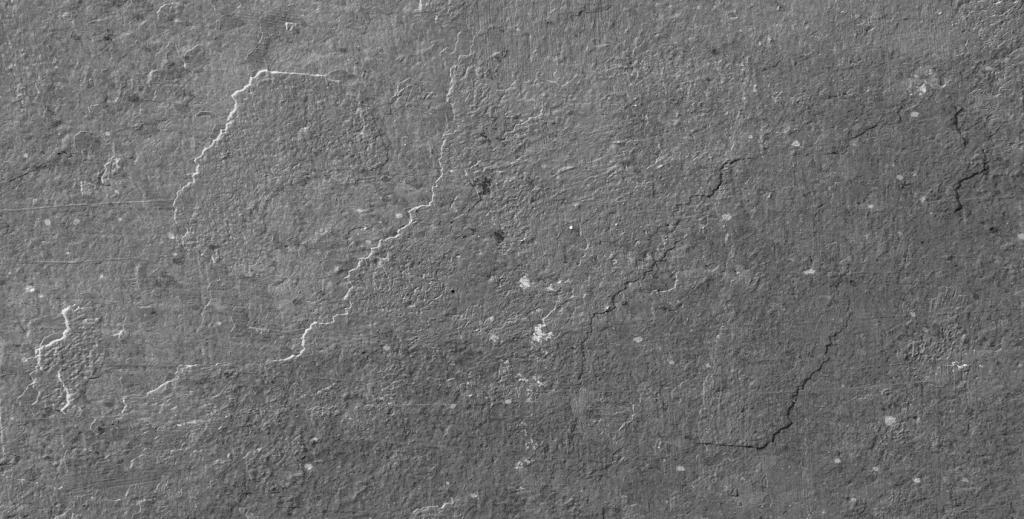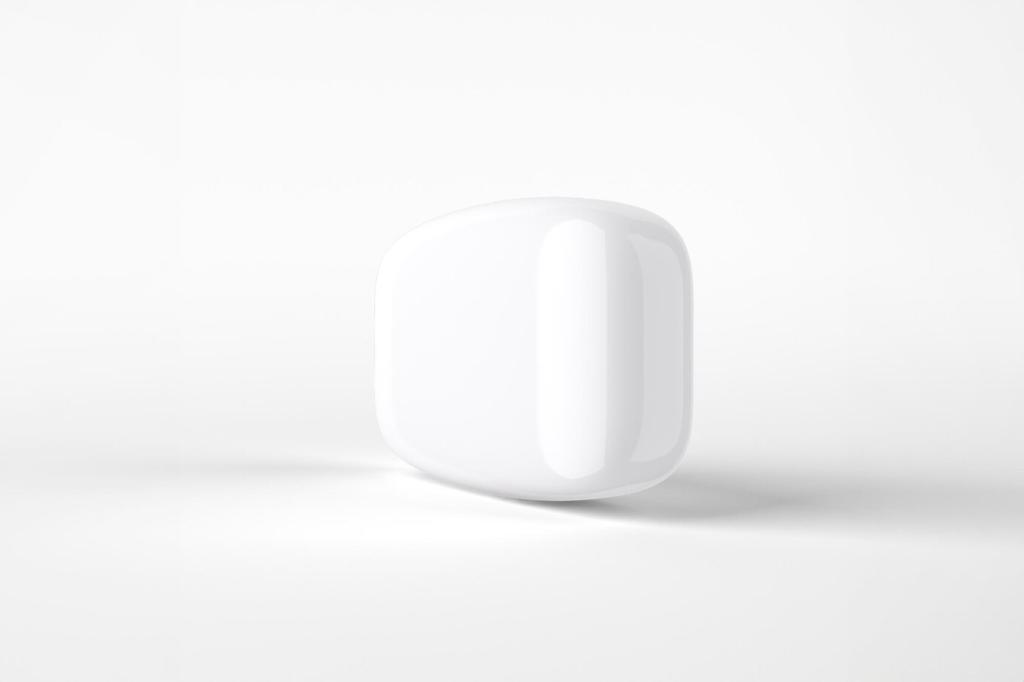Practical Methods: Building a Minimalist Practice
Lay out everything you planned, then remove half. Remove half again. Ask what still communicates. Keep one driver—line, shape, or light—and discard the rest. Report how the final configuration clarifies your message and what you mourned losing but didn’t truly need.
Practical Methods: Building a Minimalist Practice
Pick three constraints: one format, one material, one repeatable action. Track five iterations without deviation. Share process photos, and tell us where boredom gave way to discovery—precisely the moment Minimalism often becomes intimate rather than cold.
Practical Methods: Building a Minimalist Practice
Minimalist work demands precise installation. Measure distances, align with a level, record lighting angles. Invite a friend to enter the space, then exit, noting behavioral changes. Post your installation checklist so others can refine their display strategies for maximum clarity and resonance.
Practical Methods: Building a Minimalist Practice
Lorem ipsum dolor sit amet, consectetur adipiscing elit. Ut elit tellus, luctus nec ullamcorper mattis, pulvinar dapibus leo.

